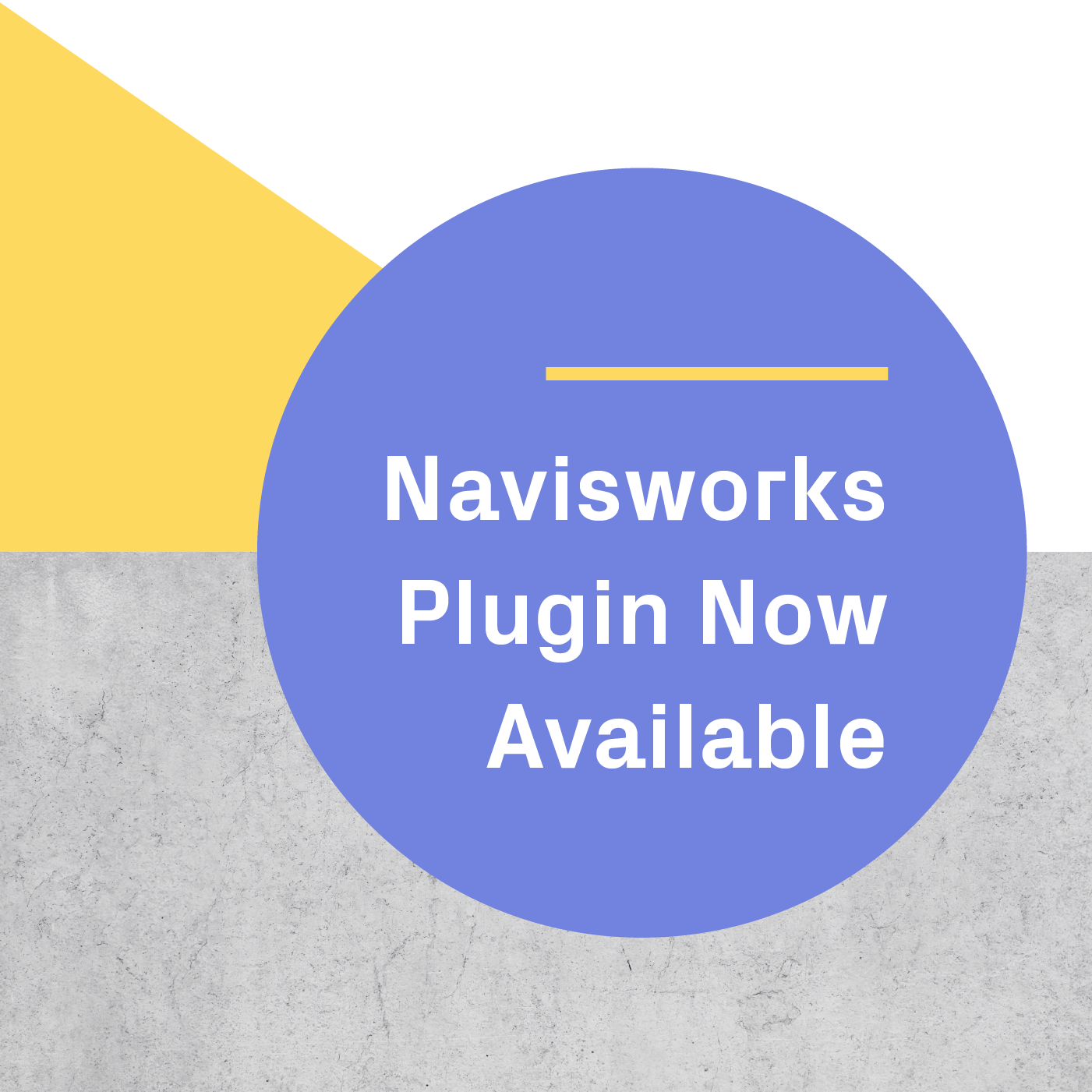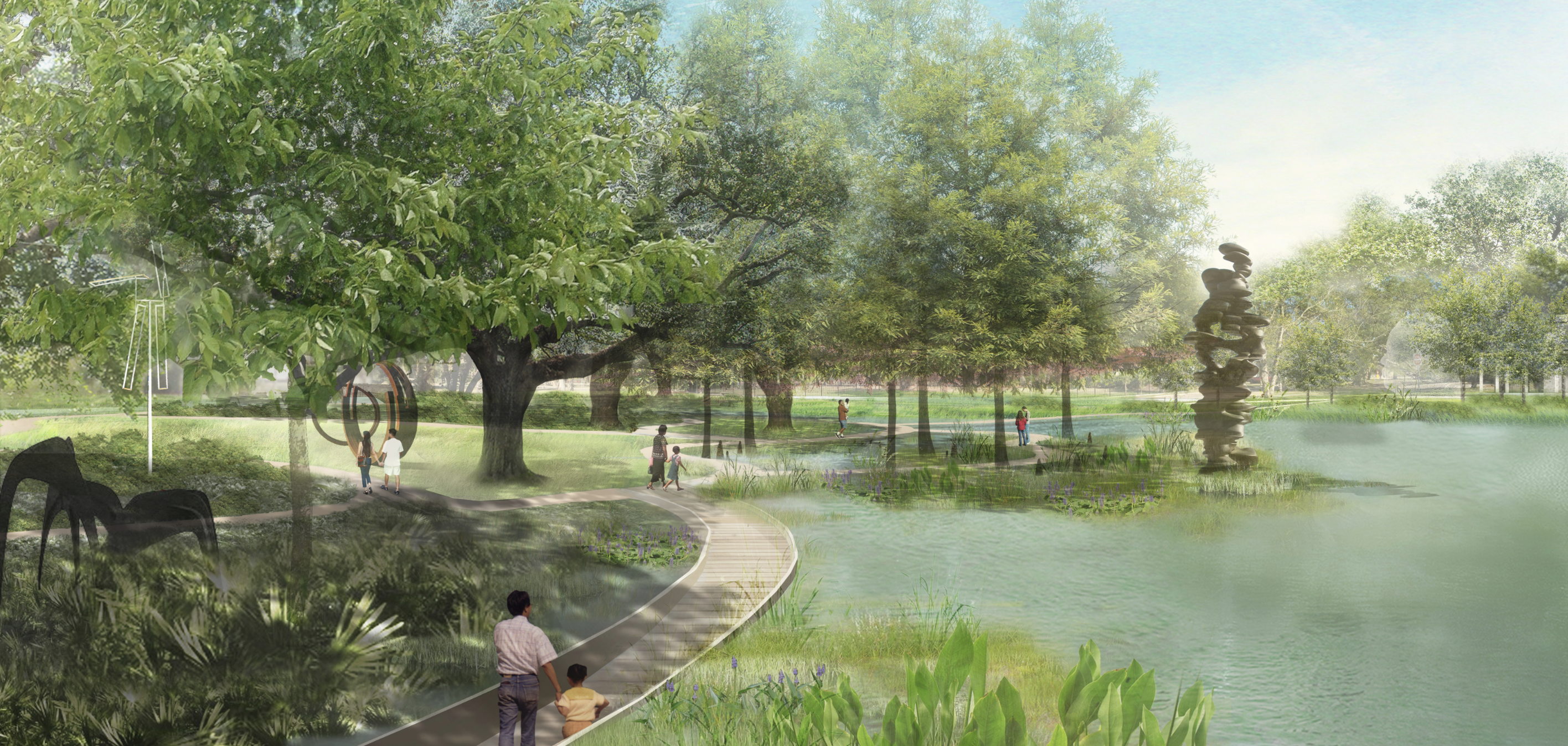
Image courtesy of Reed Hilderbrand.
Case Study Highlights:
- Reed Hilderbrand was a pioneer firm in using VR as a tool to improve how they visualize and explore projects.
- They knew VR could provide a more accurate sense of scale and depth, giving them a better understanding of topography, planting, and more.
- They use VR as an internal design tool, able to perform scale studies, conduct virtual site visits, and examine the height of buildings and adjacent sites.
- VR has provided options for internal design studies without overly focusing on graphics, especially with the SketchUp to Prospect workflow. Things that could easily take a couple of days - such as correcting angles or perfecting graphics - can now be viewed in VR without spending a lot of time generating 3D views, letting them truly “feel” the space and design.
- Using VR has sped up their design process and increased the probability of approval as clients understand design intent faster and more accurately.
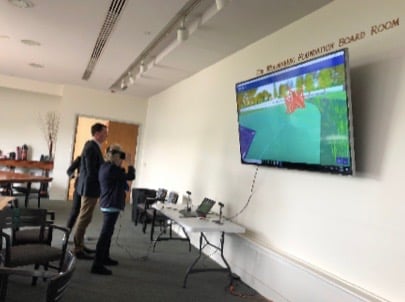
NOMA Donor's Meeting: John Kett, RH Principal, was navigating for the client.
Reed Hilderbrand is a landscape architecture firm that aims to bring tangible natural beauty and intangible cultural values into our daily lives. Their work ranges from masterplans for campus institutions to carefully crafted cultural facilities and natural systems. They’ve received over 85 design awards to date for their projects across the country, including the recent 2018 award for Excellence in Landscape Architecture from the Society of College & University Planners and the 2018 Merit Award for Design from Boston Society of Landscape Architects - both for their work on the Duke University Crown Commons. They continue to enrich neighborhoods and cities, giving shape to the lives and communities within them.
Reed Hilderbrand has always been enthusiastic about incorporating new methods and communication tools in their design process. As they looked for a better way to visualize and explore their projects, virtual reality caught their attention as a great tool to move towards their goal of constantly innovating and improving their design process. With a better understanding of site and scale, easy sharing and navigation, and a channel for direct communication with clients, VR improved their workflows, now serving as a design and marketing tool being incorporated in more and more of their projects.
We spoke with Wendy Wang and Adrian Fehrmann at Reed Hilderbrand to get an inside look at how their process has changed with virtual reality.
Choosing a VR Solution
What were you looking for in a VR software solution?
As one of the first landscape architecture firms to adopt VR technology, we were really excited to get started with this tool. We knew that having the ability to look at scale and space in this new way - and before many other firms have caught on - would improve our internal and external processes, giving us a better understanding of topography, planting, and more.

Ultimately, we were interested in VR’s ability to provide a more direct way to understand scale and space. The immersive experience is a lot more effective in this than renderings and traditional 3D studies. This creates a more reliable and effective way to communicate with the client, as we can help them understand our designs more easily in a timely manner.
With Prospect, the software is easy to use and integrating it into our existing workflow was simple. Since we typically work with SketchUp and Rhino, having the ability to easily convert the files into immersive VR was a huge plus. Every experience was stable and fast, even with complex models. The ability to adjust the model settings like sunlight and shadows from within the program was also very convenient - and the quality of rendering added to the experience.
Not to mention IrisVR’s fast response to troubleshooting and communication requests. Having Ailyn there to answer our questions - who has a landscape background and could understand our needs - worked well for communication.
Implementing VR Across the Organization
How did you implement VR technology within your firm?
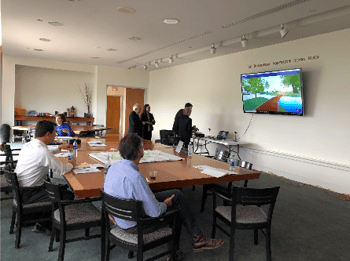
To introduce everyone to the new tool we first sent out an office-wide email announcing to everyone that we have this new program. After that we would remind project managers in projection meetings that we have this tool to experiment with. We made sure principals were advocating for the use of VR at client meetings, letting the clients know that we have a new tool and suggesting to view the model in VR or demonstrating how effective it is in person.
The excitement spread quickly, and our employees were eager to give the software a try. As more employees became familiar with the tool and were trained in VR best practices, they began teaching new team members, helping with widespread implementation across the firm.
How did you use virtual reality throughout your workflows?
We mostly use VR as an internal design tool. In VR we perform scale studies, conduct virtual site visits, and examine the height of buildings and adjacent sites. We’ve started promoting it in client presentations and testing it at donor meetings. It has been well received. Clients will typically spend 30 minutes in VR per session, while we navigate the experience for them. The younger the client, the more likely they are to “play” with the equipment.
What steps did you take to produce virtual reality content?
Our typical workflow is VectorWorks to SketchUp or Rhino to Prospect. We use an ASUS ROG Zephyrus GX501 and an Oculus Rift to view the experience.
We will often bring our VR hardware to remote meetings, which works well in improving the efficiency of our meetings even when we’re not at our own office.
The ROI of Replacing Rendering with VR
How has Prospect helped your team since implementation?
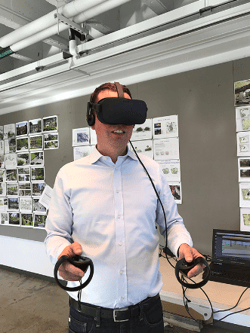
Prospect has made our design process more productive. We still have to spend time modeling, but the rendering aspect has been greatly reduced especially with our SketchUp to Prospect workflow. For things that we could easily spend a couple of days on - such as correcting angles or perfecting graphics - we can now view it in VR without spending a lot of time generating 3D views, able to truly “feel” the space and design. It has also made the client feel more involved and informed on design progression. Internally it has saved us a lot time, and externally it has made communication easier, inclusive, and more effective.
Has using VR led to additional commissions from the client?
Yes - not only were we able to convince the client for additional services, we were also able to get a VR modeling fee reimbursed because the client liked the experience so much.
Was VR instrumental in identifying areas needing change or additional refinement?
It was very helpful in understanding scale and confirming and changing design intent. Often we will spend a day or two at least to study certain elements, but now we can just make a model and look at it in its real size. It has sped up our design process and increased the probability of approval as clients understand our design intent faster and more accurately.
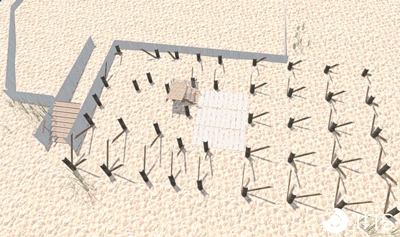
Give your clients a premium VR experience with Prospect.
Start your free trial today and instantly bring any Revit, Sketchup, Rhino, Navisworks or OBJ file into VR with Prospect by IrisVR.
.png?width=212&name=Prospect%20by%20IrisVR%20Black%20(1).png)
